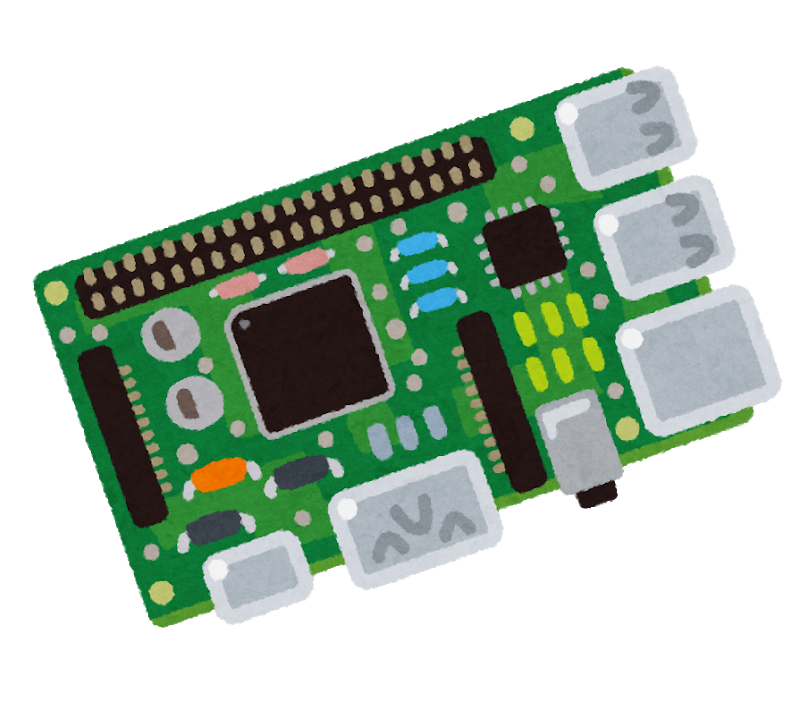It isn’t so much about multiple computers, it is perfectly valid to run a “cluster” on a single computer (not really a cluster anymore?).
I would say high availability/scaling/etc aren’t the main point, those are just features of the real main point. The main point being abstracting hardware/infrastructure from software deployment (mostly limited to containers) .
Containers brought us the first step of the way. Removing the link between your software and the OS it runs on, but there is still a lot of work to get the infrastructure around that software up and running.
Do you need multiple servers? Do you need a load balancer? Do you need health checks? Does the software need a persistent volume attached to it? Does it need environment variables set, or a config file mounted? Are some of those secrets that should be grabbed from a secrets management system? Do you need a DNS name for other services to access yours? Did a server die, maybe we should move the software? Network rules/reverse proxy/restart policies/etc/etc
Kubernetes gives you a set of APIs to control/monitor/maintain/deploy all of the infrastructure around your container as well as the container itself. You can take the same deployment and deploy it to the server in your basement or a cloud provider.
You as the admin may need to setup those clusters differently because the persistent storage driver for Amazon EKS isn’t going to be the same as the NAS in your basement but once you have all of those components set up for each environment a properly written kubernetes deployment should just work on both clusters without the developer having to make changes to accommodate different infrastructure.
Kubernetes is just the cloud (as in API driven infrastructure) for containers, but more importantly it is a standard. Unlike normal clouds like AWS/Azure which are proprietary, anyone can implement the Kubernetes. That means you can easily move between cloud vendors, and avoid lock in. All while getting the cloud benefits of automating infrastructure.












A lot of the Qanon stuff was about draining the swamp by arresting all of the pedo Dems.
They were basically told everything they see in the media is a cover for the real plan to catch these people and that there are already all sorts of sealed indictments that they are just waiting to execute at once, etc.
So some of his most rabbid supporters are realizing something is up about denying this even exists.